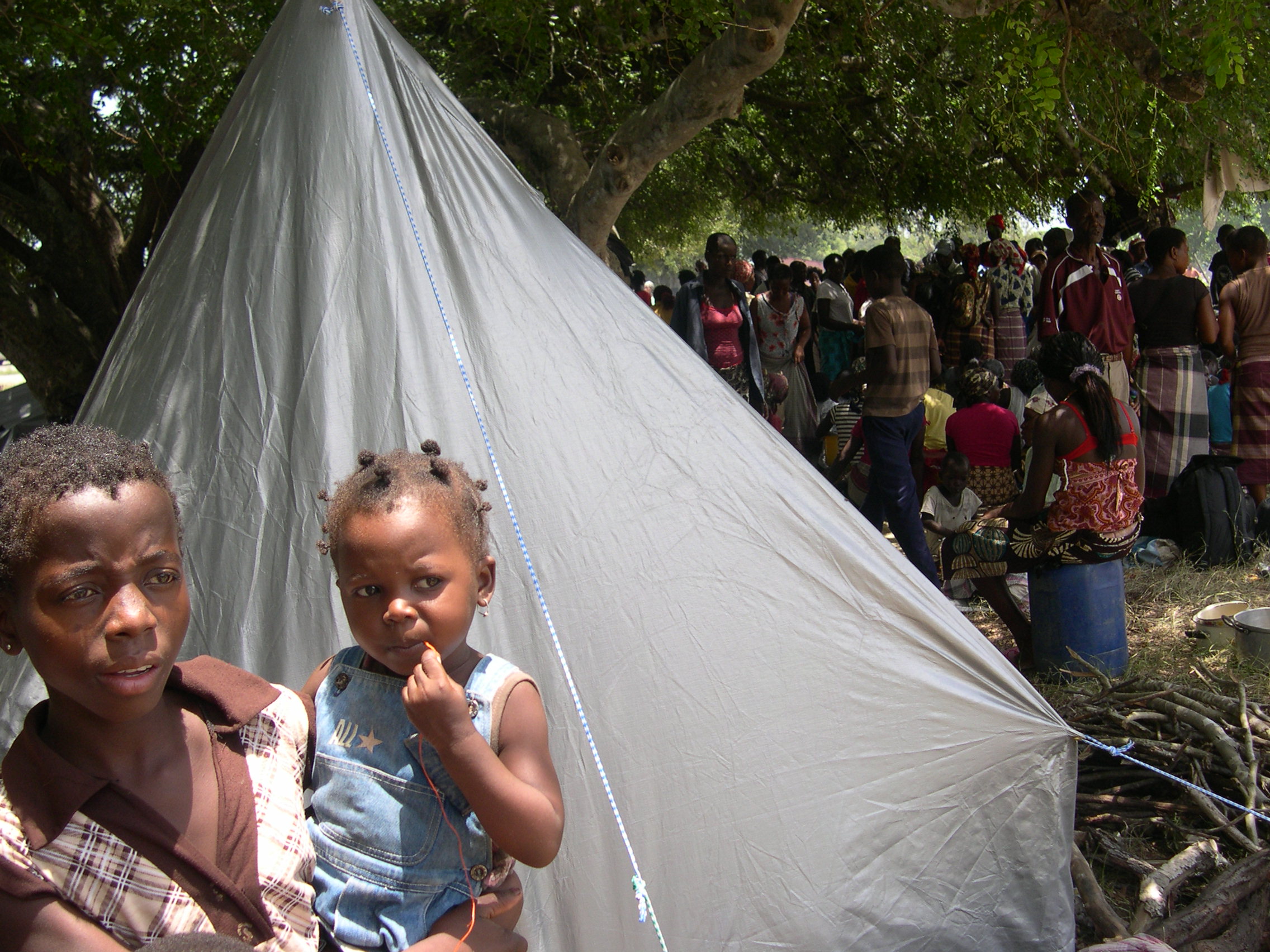Yet while the UN General Assembly endorsed in 2005 the Hyogo Framework of Action (HFA) - a 10-year plan to make the world safer from natural hazards, which calls for gender perspectives to be integrated into disaster programmes - most countries currently still lack such gender-sensitive policies.
The latest reports on the HFA’s progress showed that, in the period from 2009 to 2011, 62 out of 70 countries consulted did not collect gender-disaggregated information on disaster vulnerability and capacity.
“It is fairly obvious that nations and communities that only draw on the strength of resilience and solutions of half their populations are doomed to failure. What we need to be looking at is how every citizen of a nation has the full opportunity to contribute to… resilience and to measures for disaster risk reduction,” said Kathleen Cravero-Kristoffersson, president of the Oak Foundation, at the opening of Women Making a Difference, an event at the fourth Global Platform for Disaster Reduction, held in Geneva from 19-23 May.
The platform was held to evaluate progress and challenges in implementing the HFA, and to make preparations for the post-2015 development agenda. Participants at the event also looked at how the follow-up plan to the HFA - the HFA2 - could be sensitive to women and gender.
Cravero-Kristoffersson reminded the audience that the theme of last year’s 13 October International Disaster Risk Reduction Day was “Women, the Invisible Force of Resilience.” “But in the world today, and by this event, we can see that women are not invisible, we choose not to see them,” she said.
Panellist Fatimetou Malick, mayor of Tevrah Zeina, in Mauritania, agreed. “It is crucial to dissociate women from the idea of vulnerable and to see women as determinant actors in disaster risk reduction,” she said. She is the only female mayor in the African country, which has suffered repeated droughts in recent years.
Grassroots
The HFA mid-term review background study revealed that grassroots women’s organizations are almost always excluded or disconnected from national disaster risk reduction (DRR) and recovery programmes, despite their successful track records in reducing everyday risks for families.
Cravero-Kristoffersson highlighted that one of the most important priorities in the HFA2 would be to reverse top-down resilience programming, investing in grassroots, women-lead initiatives as the foundation of local implementation of the HFA2.
“We need to formalize grassroots women’s roles in planning, operationalizing and monitoring development programmes around disaster and climate change, and to create policies and programme incentives that encourage local and national governments to collaborate effectively with grassroots women’s organizations,” said Violet Shivutse, a panellist at the event and activist of GROOTS, a grassroots women’s organization in the Kakamega region of northwestern Kenya.
Following persistent droughts and floods in the area, GROOTS conducted a mapping exercise to assess households’ vulnerabilities, organized collective farming groups, and piloted drought resistant crops.
“From 2003 to 2005, we started seeing a big shift in climate pattern. This is an area where we know that the timing of our planting was March, but then we could have droughts going up to June or July, or we could see rainfall in the beginning of January, before we prepared our land. So it was a real shift. Crops were destroyed by droughts or by floods,” explained Shivutse.
They then established demonstration plots as learning centres for the community, started water harvesting rainwater to use during droughts, and organized dialogues with local government institutions to share practices and challenges.
Equality on the difference
How to empower women and guarantee their rights in the context of DRR was also discussed.
Bangladesh ensures some 30 percent of the beneficiaries in its DRR projects are women, and Cambodia is studying implementing quotas for women on its DRR programmes. Meanwhile, Palestinians are looking beyond simple gender equality, said a panellist from the Occupied Palestinian Territory.
“I don't like the expression that we need to be equal to men. We are completing each other: I’m the mother, the sister, and he is the father, the brother. So we should work together in order to bring to our world more resilience and peace,” argued Ekhlas Ratrout Aqel, mayor of the West Bank city of Nablus.
“There [are] so many invasion[s] and destruction in Palestine; we have experience on this. In 2002, there was an invasion in most of the cities in Palestine, and we put our hand[s] together - doctors, engineers, men and women, all together.”
According to UNISDR’s guidelines Making Disaster Risk Reduction Gender-Sensitive, a growing number of countries are involving women actively in disaster risk management and planning, and are integrating gender dimensions into risk reduction and response plans. And thanks to the global efforts to implement the HFA, gender and diversity checklists are becoming standard in disaster preparations around the world.
cm/rz
This article was produced by IRIN News while it was part of the United Nations Office for the Coordination of Humanitarian Affairs. Please send queries on copyright or liability to the UN. For more information: https://shop.un.org/rights-permissions





